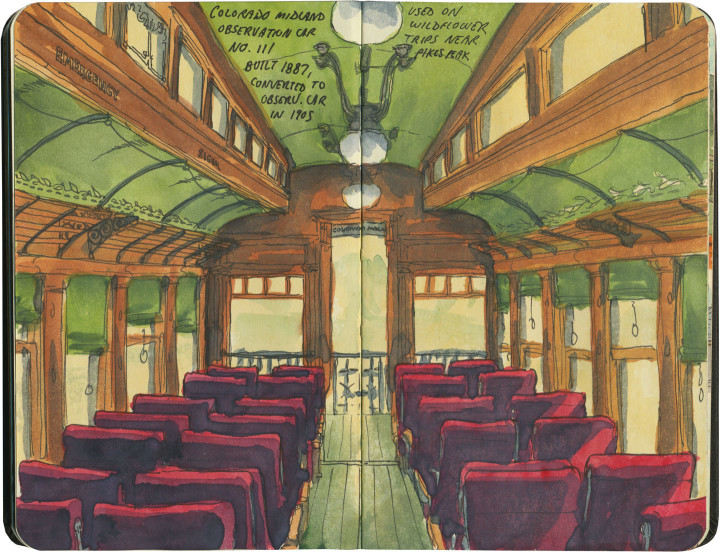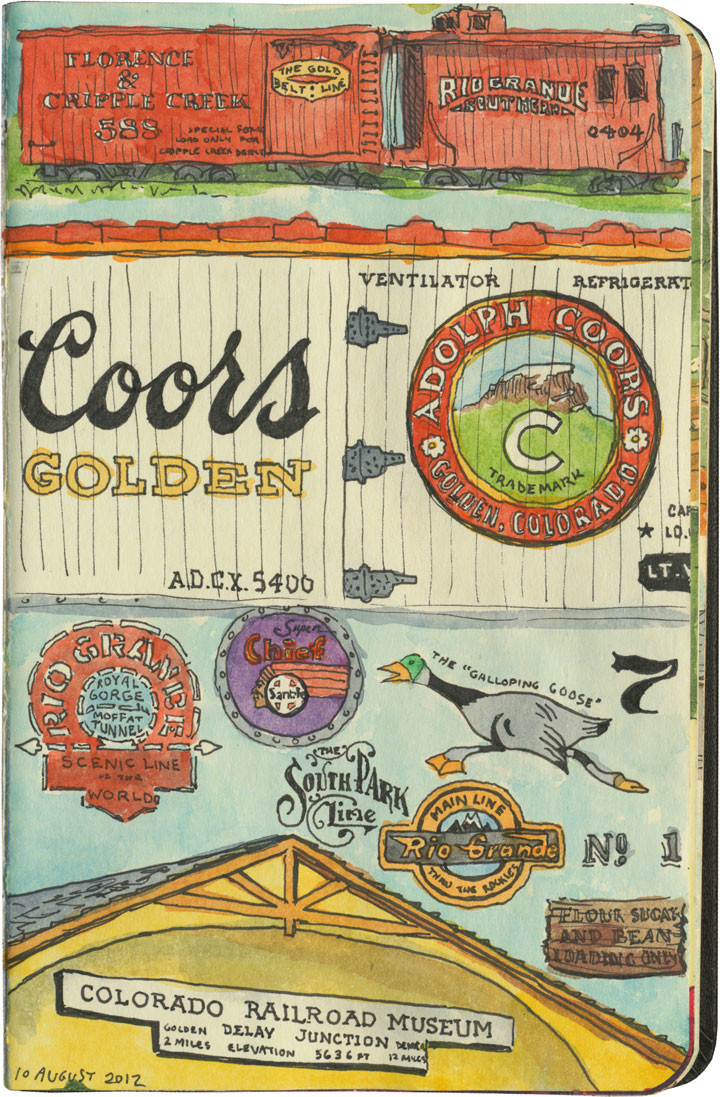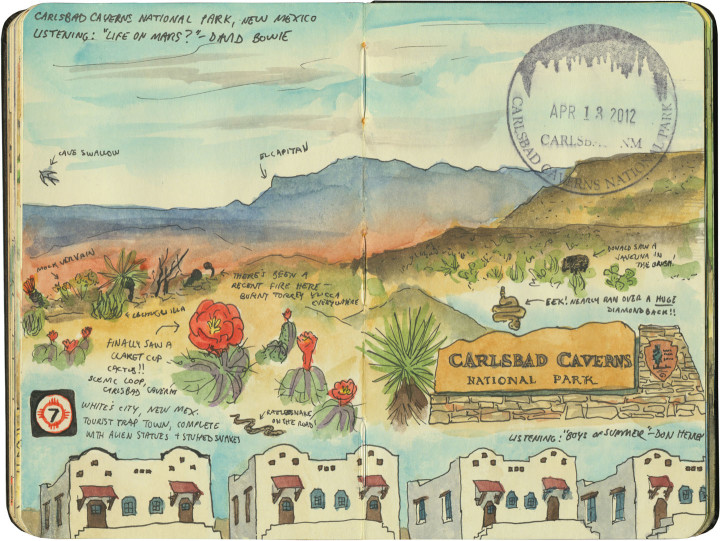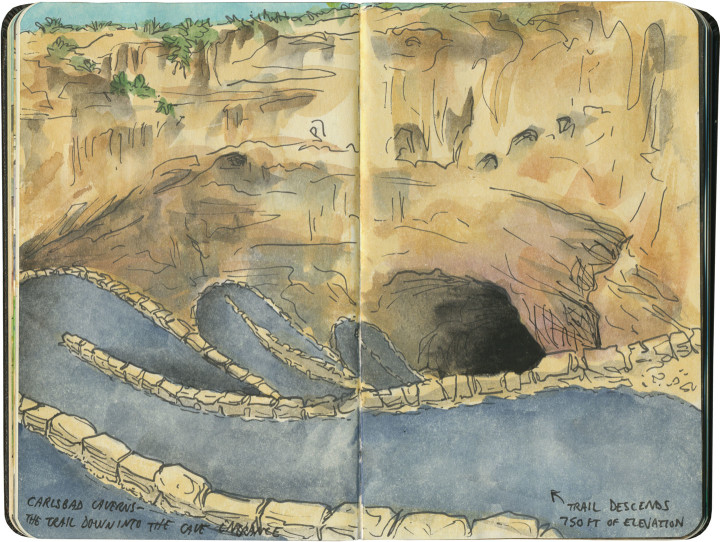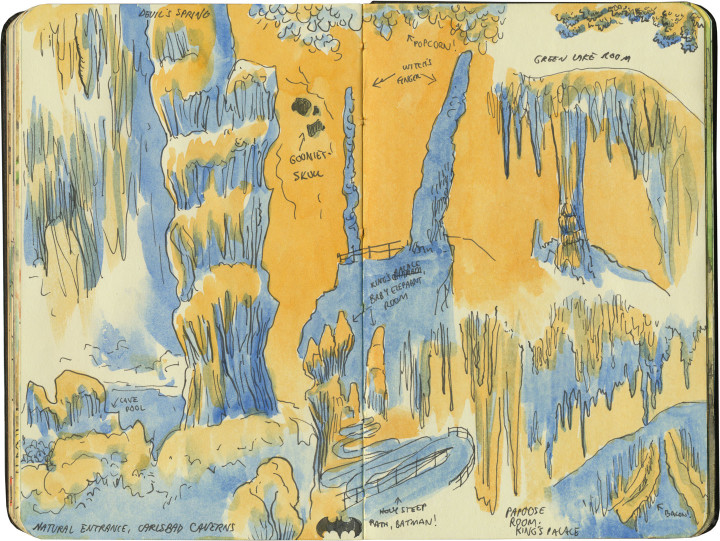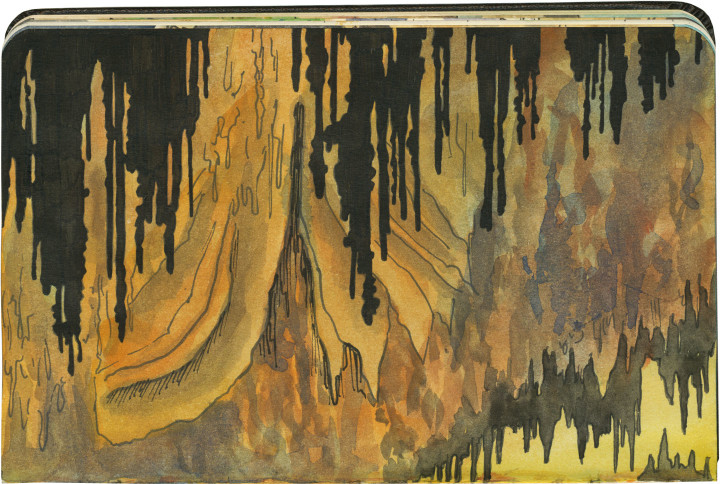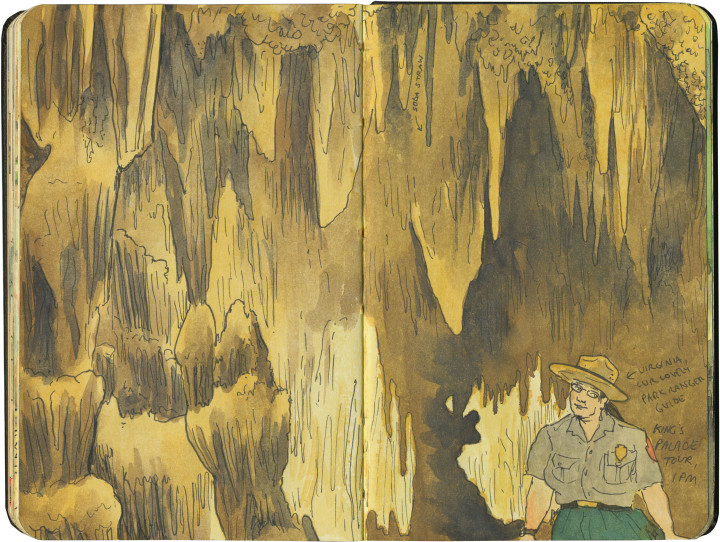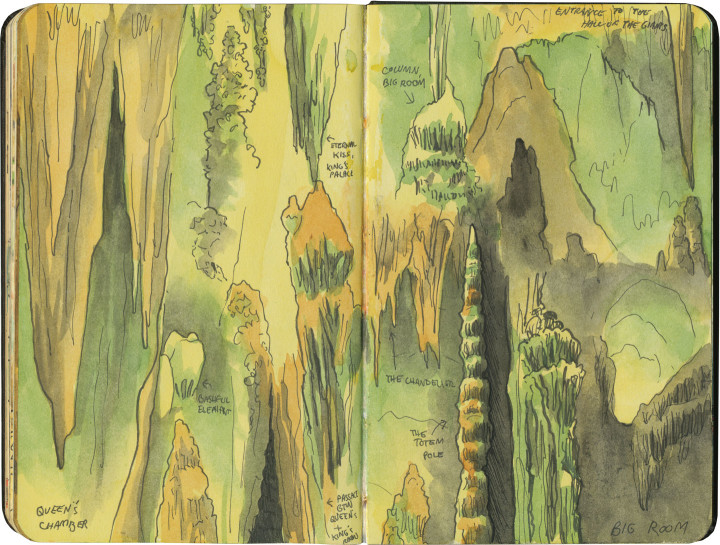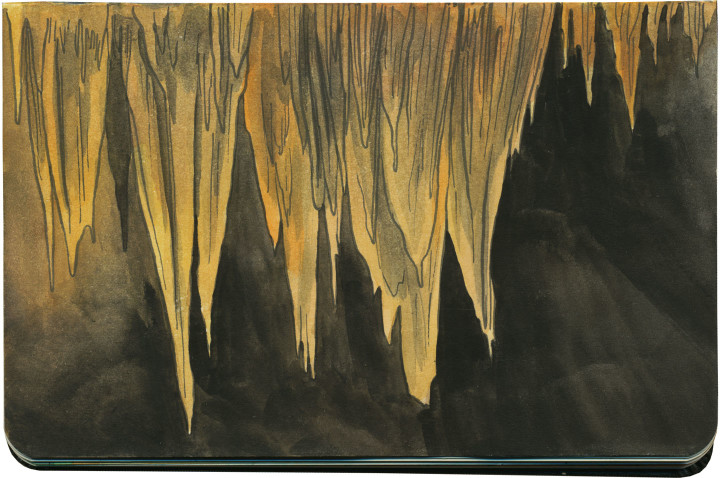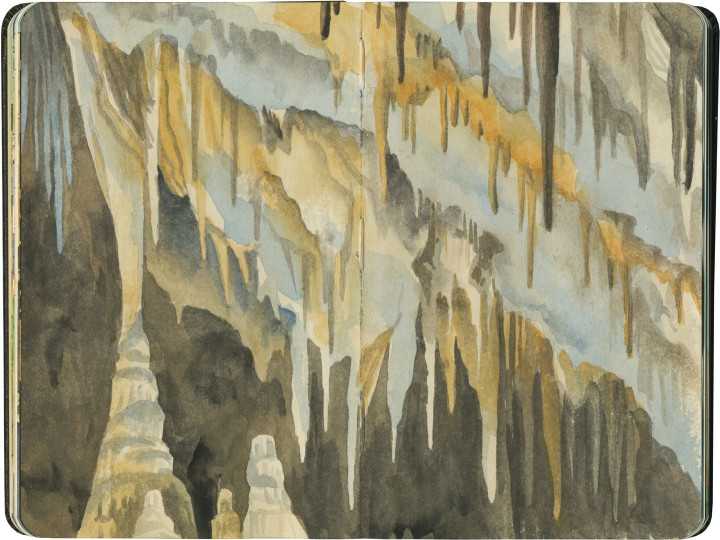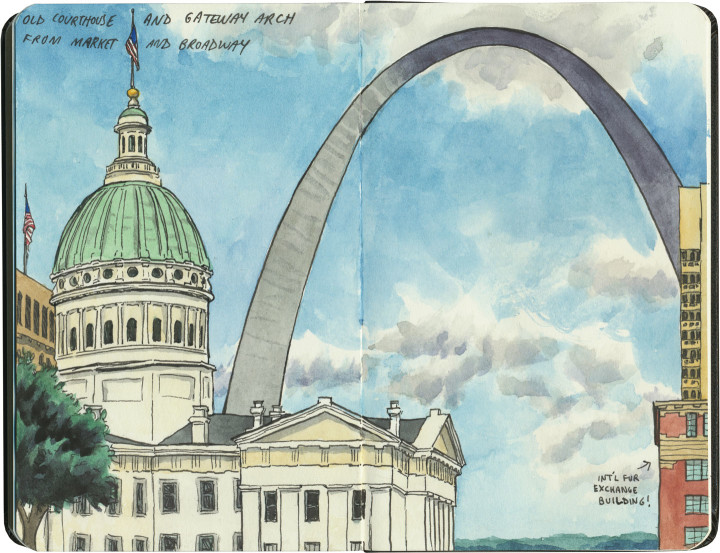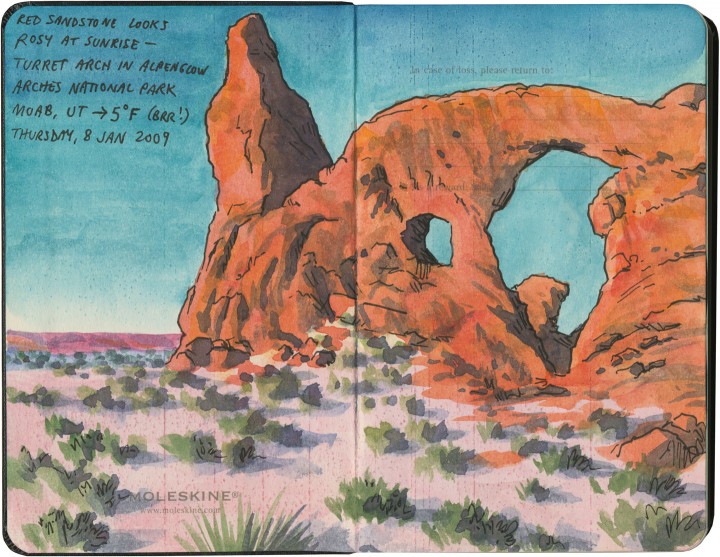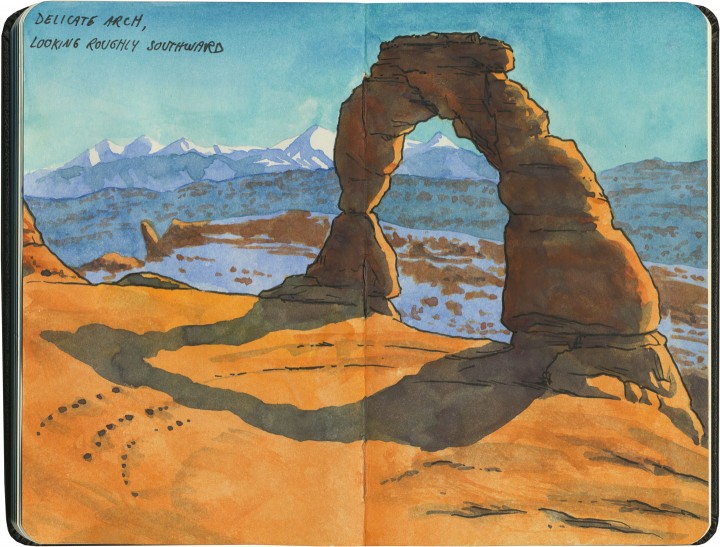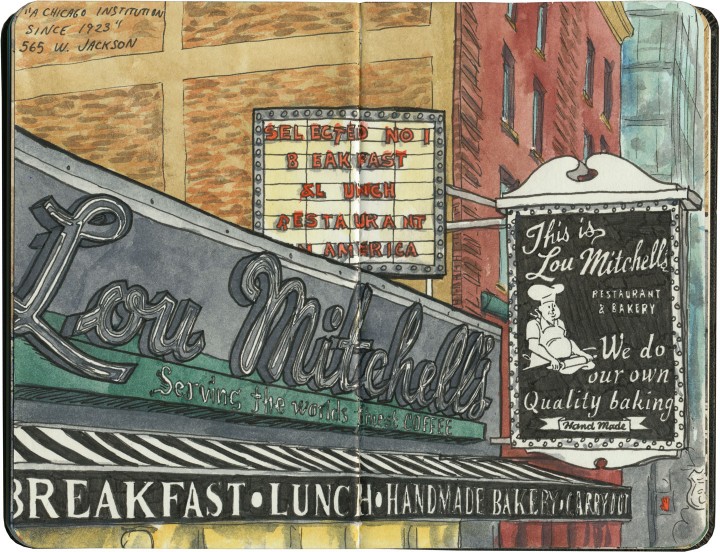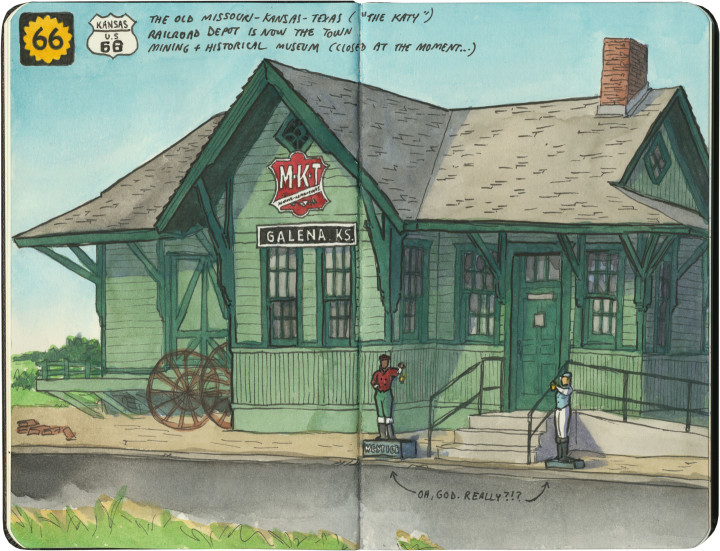
This post is part of an ongoing series called 66 Fridays, which explores the wonders of old Route 66. Click on the preceding “66 Fridays” link to view all posts in the series, or visit the initial overview post here.
Logically, if you were to plan a trip from Chicago to Los Angeles, the shortest route would have you traversing Kansas to get there. Yet Route 66 carves out just 13 miles of road in the state’s southeastern corner, and does the bulk of its crossing of the Great Plains through Oklahoma instead. Why, you ask? Well, that’s an interesting story. The man responsible for plotting the Mother Road’s path, Cyrus Avery, called Tulsa home. He wanted to show off his state in all its glory, so he made Route 66 both a tour guide and a monument to Oklahoma, with over 400 miles of pavement to draw travelers and tourist dollars there. Still, Kansas gets a small slice of the action, and this gorgeous early-1900s train station does the Sunflower State proud.
There’s something else about this sketch that needs some explaining. See those small figures flanking the front steps? Yes, those are lawn jockeys. I could have just left them out of the sketch entirely, since I personally find lawn jockeys offensive and I hate to single out Galena. But I didn’t, because they bring up an uncomfortable truth about travel Americana, and the Mother Road in particular.
While it’s easy to get wrapped up in the nostalgia of olde-tyme family road trips and midcentury diners along Route 66, that part of American history is really only quintessential to the white population of this country. Black Americans, in particular, didn’t travel Route 66 the way white ones did. In many places, it simply wasn’t safe for them to do so. These places had a name that most of the nostalgic Mother Road literature seems to have forgotten: sundown towns.
Sundown towns—communities that barred people of color from the town limits after dark—were by no means confined to the South, nor did they exclude only African-Americans (my own city of Tacoma, WA expelled its Chinese residents in 1885). Sundown towns could be found everywhere from Connecticut to California, and even as late as the 1960s there were thousands of them. Thankfully Galena, as far as I can tell, was not among them—I should make that clear, since I’m already featuring that town in this post. Yet sadly, there were many sundown towns along Route 66—particularly in Oklahoma, Illinois, Missouri and California. In fact, for thirty years Black travelers relied upon the advice in The Negro Motorist Green Book, a guidebook printed between 1936 and 1964, which outlined which routes, communities, services, restaurants and lodging were willing to serve road-trippers of color. The Green Book mostly sent travelers well away from Route 66 and its many Jim-Crow-era dangers.
This history is all but scrubbed from the modern remnants of the Mother Road. If I hadn’t seen those lawn jockeys, I might not have thought to look into it myself. Yet unfortunately, there is also some fresh modern racism along 66. (We were particularly horrified by the large number of Confederate flags we saw along the route, mostly in western Arizona.) You’ll never see a sketch of that sort of thing on this blog, but I feel it’s important to note that it’s out there, that the Mother Road is not all neon and nostalgia. After all, you know what they say about those who don’t learn from the past.
